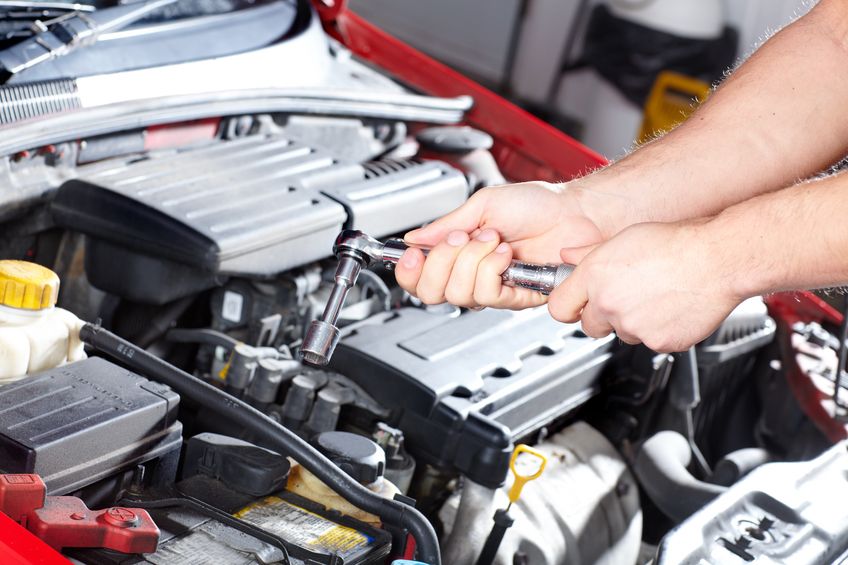Perhaps the most important aspect of purchasing used cars in Evergreen Park is the test drive. The main reason to make a test drive is that it gives you the opportunity to instantly analyze the vehicles functionality and overall condition, it also gives you the opportunity to go one on one with the sales representative who will be with you in the car, allowing you to ask any pertinent questions that you might have about the vehicle or its history.
As the test drive is your only opportunity to analyze the vehicle before you make you yes or no decision ask the sales rep in a very polite way if he would keep the conversation to a minimum, answering questions as you ask them. If you can concentrate on the experience you will be able to pick up on an excess road noise or wind rush that you might otherwise miss. Many dealers have a prescribed route for test drives, don’t follow it, take the car and drive it as if it was already yours. Take the car on different surfaces; go on roads that are pot holed as well as roads that are in ideal condition; go uphill and around tight bends. The objective of test driving used cars in Evergreen park is to convince yourself that is the car for you.
During the test drive there are things that are more important than others to pay attention to.
Acceleration: Press both easy and hard on the accelerator, does the car hesitate or jerk? You are looking for smooth acceleration under all conditions, if it makes any unusual noises it could be the sign of engine problems.
Alignment: Bring the car up to about 20 miles per hour and take both hands of the steering wheel. Do this experiment on a relatively smooth surface. If the car veers either left or right then there is a possible problem with alignment, the tires or with steering linkage components.
Braking: With the engine off pump the brake pedal; with your foot on the pedal turn the engine on. With power brakes you will feel the pedal go down a bit. Stand on the brakes hard for about a minute, if the pedal sinks further it may mean a faulty master cylinder. Another test of the brakes is done at speed, maybe 30 mph, step hard on the brake pedal and see if the car stops smoothly, rapidly and in a straight line. If it does not there may be rotor issues.
Steering: The car must respond instantly to your steering instructions. If possible find a large lot and put the car through a series of turns. If the car does not respond with less than an inch of play there may be steering component problems.
Once you have had an opportunity to put the vehicle through its paces, then and only then will you be in a position to determine if the used car meets your every expectation.


